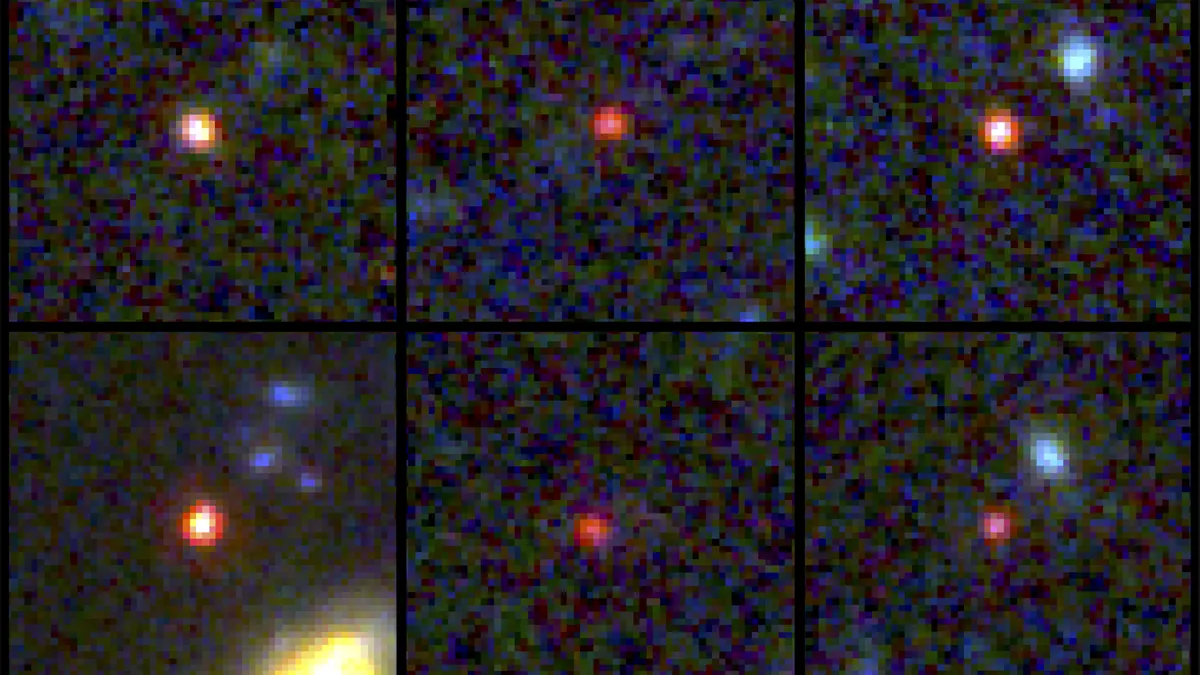We saw a really cool picture of the Moon during class that was taken when it was near the horizon with an ancient Greek temple in front of it. The Moon looked unusually large, and I wanted to know more. The reason for the Moon appearing much larger when it is rising and setting is a result of an optical illusion. Its width is constant, but our brains essentially trick us into thinking that it is much larger when it is near the horizon. As stated in an article by NASA about this illusion, “it’s all in your head…an actual illusion, rather than an effect of our atmosphere or some other physics.” The article also talks about how to prove that the Moon is an illusion.
Interestingly, there is not really an explanation for why humans experience this illusion. Given how long humans have studied the Moon, this may seem like an unbelievable answer. However, there is a general idea which has to do with how far away our brains expect objects to be. According to the above NASA article, “our brains don’t know that the Moon’s distance doesn’t change that much no matter where it is in the sky on a given night.” These is also the potential explanation that the foreground along the horizon has to do with this which is described by the Ponzo illusion. For now, we will just have to be content with these partial explanations while still acknowledging that there is more to the story. The below picture shows how the Ponzo illusion relates to the Moon showing that with two identical objects, one can appear bigger due to a human’s sense of distance.

Image Credit: Time and Date, The Ponzo Illusion
Another noticeable feature of the Moon nearer to the horizon is the change in color. This is not an illusion, but rather a result of the distance the light illuminating the Moon has to travel through the Earth’s atmosphere. The longer the light has to travel, the more of the short wavelengths of light which are scattered. The longer distance is experienced at the horizon. Since blue has a shorter wavelength, it is scattered meaning the longer wavelengths which are redder will be left. This results in the Moon being orangish or yellowish closer to the horizon.












